HSBC 2002 Annual Report Download - page 165
Download and view the complete annual report
Please find page 165 of the 2002 HSBC annual report below. You can navigate through the pages in the report by either clicking on the pages listed below, or by using the keyword search tool below to find specific information within the annual report.-
 1
1 -
 2
2 -
 3
3 -
 4
4 -
 5
5 -
 6
6 -
 7
7 -
 8
8 -
 9
9 -
 10
10 -
 11
11 -
 12
12 -
 13
13 -
 14
14 -
 15
15 -
 16
16 -
 17
17 -
 18
18 -
 19
19 -
 20
20 -
 21
21 -
 22
22 -
 23
23 -
 24
24 -
 25
25 -
 26
26 -
 27
27 -
 28
28 -
 29
29 -
 30
30 -
 31
31 -
 32
32 -
 33
33 -
 34
34 -
 35
35 -
 36
36 -
 37
37 -
 38
38 -
 39
39 -
 40
40 -
 41
41 -
 42
42 -
 43
43 -
 44
44 -
 45
45 -
 46
46 -
 47
47 -
 48
48 -
 49
49 -
 50
50 -
 51
51 -
 52
52 -
 53
53 -
 54
54 -
 55
55 -
 56
56 -
 57
57 -
 58
58 -
 59
59 -
 60
60 -
 61
61 -
 62
62 -
 63
63 -
 64
64 -
 65
65 -
 66
66 -
 67
67 -
 68
68 -
 69
69 -
 70
70 -
 71
71 -
 72
72 -
 73
73 -
 74
74 -
 75
75 -
 76
76 -
 77
77 -
 78
78 -
 79
79 -
 80
80 -
 81
81 -
 82
82 -
 83
83 -
 84
84 -
 85
85 -
 86
86 -
 87
87 -
 88
88 -
 89
89 -
 90
90 -
 91
91 -
 92
92 -
 93
93 -
 94
94 -
 95
95 -
 96
96 -
 97
97 -
 98
98 -
 99
99 -
 100
100 -
 101
101 -
 102
102 -
 103
103 -
 104
104 -
 105
105 -
 106
106 -
 107
107 -
 108
108 -
 109
109 -
 110
110 -
 111
111 -
 112
112 -
 113
113 -
 114
114 -
 115
115 -
 116
116 -
 117
117 -
 118
118 -
 119
119 -
 120
120 -
 121
121 -
 122
122 -
 123
123 -
 124
124 -
 125
125 -
 126
126 -
 127
127 -
 128
128 -
 129
129 -
 130
130 -
 131
131 -
 132
132 -
 133
133 -
 134
134 -
 135
135 -
 136
136 -
 137
137 -
 138
138 -
 139
139 -
 140
140 -
 141
141 -
 142
142 -
 143
143 -
 144
144 -
 145
145 -
 146
146 -
 147
147 -
 148
148 -
 149
149 -
 150
150 -
 151
151 -
 152
152 -
 153
153 -
 154
154 -
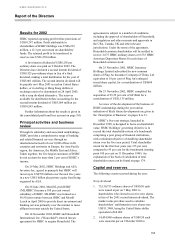 155
155 -
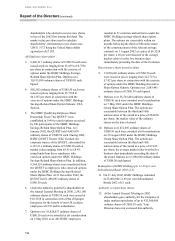 156
156 -
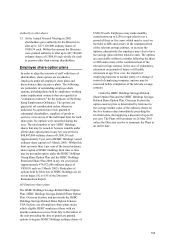 157
157 -
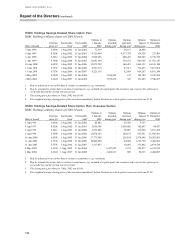 158
158 -
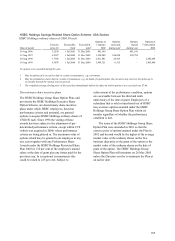 159
159 -
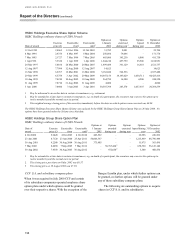 160
160 -
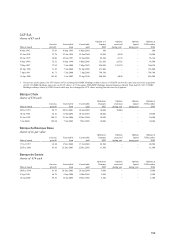 161
161 -
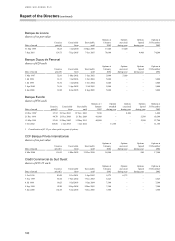 162
162 -
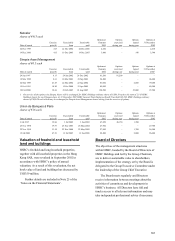 163
163 -
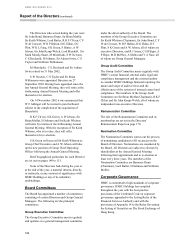 164
164 -
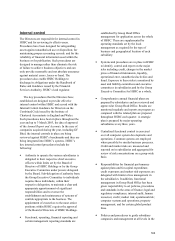 165
165 -
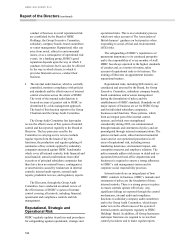 166
166 -
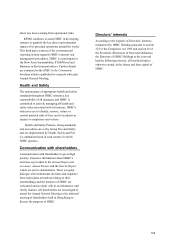 167
167 -
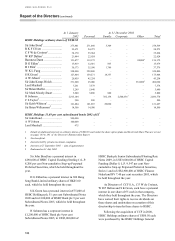 168
168 -
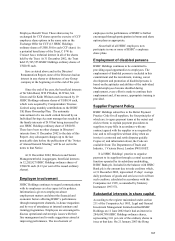 169
169 -
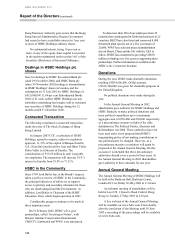 170
170 -
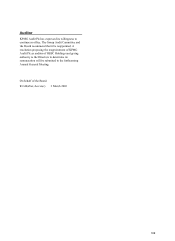 171
171 -
 172
172 -
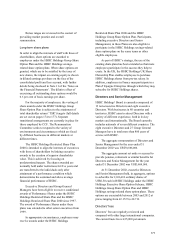 173
173 -
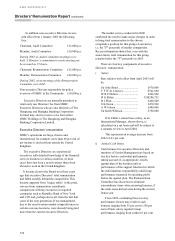 174
174 -
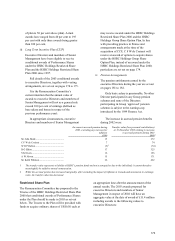 175
175 -
 176
176 -
 177
177 -
 178
178 -
 179
179 -
 180
180 -
 181
181 -
 182
182 -
 183
183 -
 184
184 -
 185
185 -
 186
186 -
 187
187 -
 188
188 -
 189
189 -
 190
190 -
 191
191 -
 192
192 -
 193
193 -
 194
194 -
 195
195 -
 196
196 -
 197
197 -
 198
198 -
 199
199 -
 200
200 -
 201
201 -
 202
202 -
 203
203 -
 204
204 -
 205
205 -
 206
206 -
 207
207 -
 208
208 -
 209
209 -
 210
210 -
 211
211 -
 212
212 -
 213
213 -
 214
214 -
 215
215 -
 216
216 -
 217
217 -
 218
218 -
 219
219 -
 220
220 -
 221
221 -
 222
222 -
 223
223 -
 224
224 -
 225
225 -
 226
226 -
 227
227 -
 228
228 -
 229
229 -
 230
230 -
 231
231 -
 232
232 -
 233
233 -
 234
234 -
 235
235 -
 236
236 -
 237
237 -
 238
238 -
 239
239 -
 240
240 -
 241
241 -
 242
242 -
 243
243 -
 244
244 -
 245
245 -
 246
246 -
 247
247 -
 248
248 -
 249
249 -
 250
250 -
 251
251 -
 252
252 -
 253
253 -
 254
254 -
 255
255 -
 256
256 -
 257
257 -
 258
258 -
 259
259 -
 260
260 -
 261
261 -
 262
262 -
 263
263 -
 264
264 -
 265
265 -
 266
266 -
 267
267 -
 268
268 -
 269
269 -
 270
270 -
 271
271 -
 272
272 -
 273
273 -
 274
274 -
 275
275 -
 276
276 -
 277
277 -
 278
278 -
 279
279 -
 280
280 -
 281
281 -
 282
282 -
 283
283 -
 284
284 -
 285
285 -
 286
286 -
 287
287 -
 288
288 -
 289
289 -
 290
290 -
 291
291 -
 292
292 -
 293
293 -
 294
294 -
 295
295 -
 296
296 -
 297
297 -
 298
298 -
 299
299 -
 300
300 -
 301
301 -
 302
302 -
 303
303 -
 304
304 -
 305
305 -
 306
306 -
 307
307 -
 308
308 -
 309
309 -
 310
310 -
 311
311 -
 312
312 -
 313
313 -
 314
314 -
 315
315 -
 316
316 -
 317
317 -
 318
318 -
 319
319 -
 320
320 -
 321
321 -
 322
322 -
 323
323 -
 324
324 -
 325
325 -
 326
326 -
 327
327 -
 328
328 -
 329
329
 |
 |

163
Internal control
The Directors are responsible for internal control in
HSBC and for reviewing its effectiveness.
Procedures have been designed for safeguarding
assets against unauthorised use or disposition; for
maintaining proper accounting records; and for the
reliability of financial information used within the
business or for publication. Such procedures are
designed to manage rather than eliminate the risk
of failure to achieve business objectives and can
only provide reasonable and not absolute assurance
against material errors, losses or fraud. The
procedures also enable HSBC Holdings to
discharge its obligations under the Handbook of
Rules and Guidance issued by the Financial
Services Authority, HSBC’ s lead regulator.
The key procedures that the Directors have
established are designed to provide effective
internal control within HSBC and accord with the
Internal Control Guidance for Directors on the
Combined Code issued by the Institute of
Chartered Accountants in England and Wales.
Such procedures have been in place throughout the
year and up to 3 March 2003, the date of approval
of the Annual Report and Accounts. In the case of
companies acquired during the year, including GF
Bital, the internal controls in place are being
reviewed against HSBC’ s benchmarks and they are
being integrated into HSBC’ s systems. HSBC’ s
key internal control procedures include the
following:
• Authority to operate the various subsidiaries is
delegated to their respective chief executive
officers within limits set by the Board of
Directors of HSBC Holdings or by the Group
Executive Committee under powers delegated
by the Board. Sub-delegation of authority from
the Group Executive Committee to individuals
requires these individuals, within their
respective delegation, to maintain a clear and
appropriate apportionment of significant
responsibilities and to oversee the
establishment and maintenance of systems of
controls appropriate to the business. The
appointment of executives to the most senior
positions within HSBC requires the approval
of the Board of Directors of HSBC Holdings.
• Functional, operating, financial reporting and
certain management reporting standards are
established by Group Head Office
management for application across the whole
of HSBC. These are supplemented by
operating standards set by the local
management as required for the type of
business and geographical location of each
subsidiary.
• Systems and procedures are in place in HSBC
to identify, control and report on the major
risks including credit, changes in the market
prices of financial instruments, liquidity,
operational error, unauthorised activities and
fraud. Exposure to these risks is monitored by
asset and liability committees and executive
committees in subsidiaries and by the Group
Executive Committee for HSBC as a whole.
• Comprehensive annual financial plans are
prepared by subsidiaries and are reviewed and
approved at Group Head Office. Results are
monitored regularly and reports on progress as
compared with the related plan are prepared
throughout HSBC each quarter. A strategic
plan is prepared by major operating
subsidiaries every three years.
• Centralised functional control is exercised
over all computer system developments and
operations. Common systems are employed
where possible for similar business processes.
Credit and market risks are measured and
reported on in subsidiaries and aggregated for
review of risk concentrations on a group-wide
basis.
• Responsibilities for financial performance
against plans and for capital expenditure,
credit exposures and market risk exposures are
delegated with limits to line management in
the subsidiaries. In addition, functional
management in Group Head Office has been
given responsibility to set policies, procedures
and standards in the areas of finance; legal and
regulatory compliance; internal audit; human
resources; credit; market risk; operational risk;
computer systems and operations; property
management; and for certain global product
lines.
• Policies and procedures to guide subsidiary
companies and management at all levels in the
